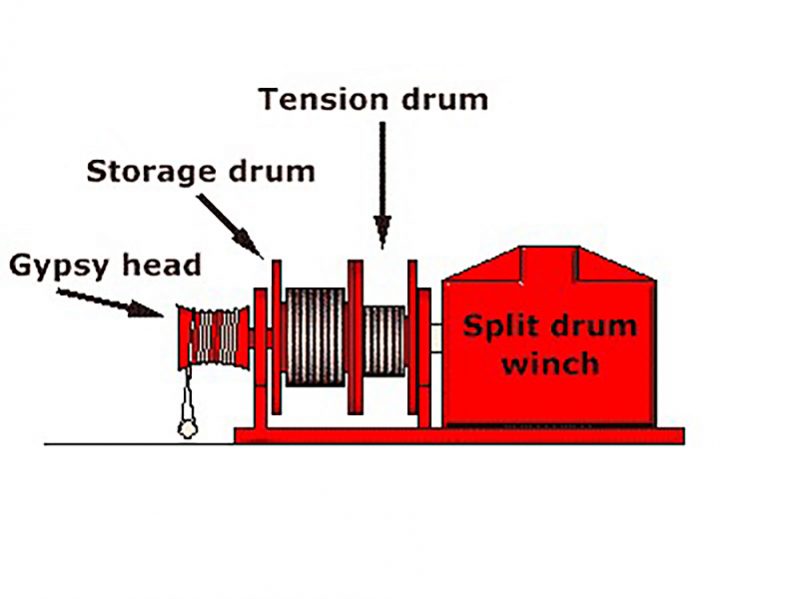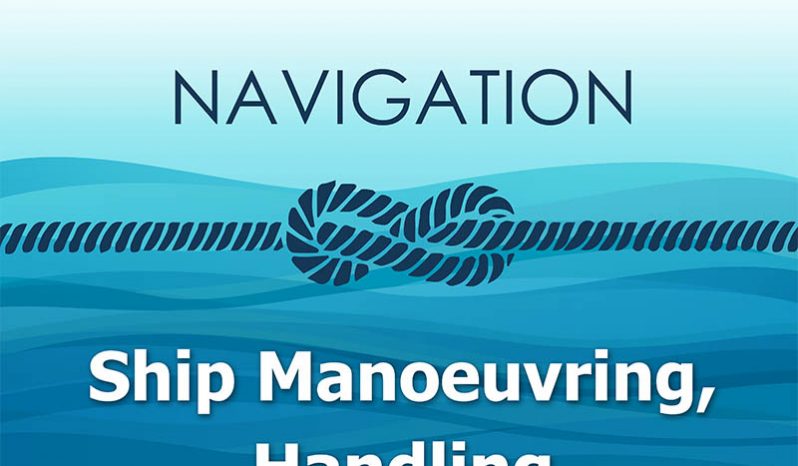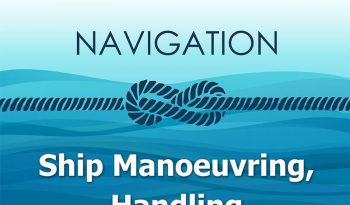Ship Manoeuvring, Handling. Test 6
Ship Manoeuvring, Handling. Test 6
Whilst unmooring after a ship to ship transfer operation, experience shows that, for the manoeuvring vessel, casting off the forward moorings first and letting the bow swing out before casting off the final after moorings, and then steaming away is a satisfactory procedure. It is recommended however that the angle of disengagement when steaming away should initially be kept at:

During a mooring operation whilst underway it is recommended that, with one ship maintaining a constant course and speed, the other manoeuvres so that:

If your vessel is fitted with wires on self-stowing 'split drum' winches, the advantage of having these split drum winches is:

When double banking whilst underway, it is preferable for one vessel to maintain steerage way in a constant direction while the other manoeuvres alongside it. During this period it is recommended that:

You are navigating in dense fog, visibility approx. 1 cable. On your radar, range 12 nm, you can see the following picture. How will you navigate until all vessels are cleared?

Where do you think the 'pivot point' is located when your ship is going full speed ahead? No wind, current.

SCENARIO: ' All Fast ' has just been declared on completion of an underway mooring operation on both the constant heading ship (generally the discharging vessel) and the manoeuvring vessel (generally the offtake vessel). It is now decided that the former vessel should anchor. Who assumes responsibility for navigation from ' All Fast ' time to completion of anchoring time?

You are duty officer on 'A' and are observering 'B' on your starboard side. 'A' is a heavy loaded tanker, while the other vessel 'B' is in ballast. You like to increase the CPA, and reduce the speed and then stop your vessel. You are going into the chart room to check the position. The other vessel has engine failure and stops the engine. Suddenly the two vessels is colliding, how can it happen?

Your vessel is at anchor. It is dense fog and visibility about 2 cables. On your radar screen you can see a vessel approaching the anchorage and the vessel is heading at your position. What will you do?

When ship to ship operations are being carried out at anchor, anchor watch duties are as follows irrespective of which ships anchor is down:

Review Answers


